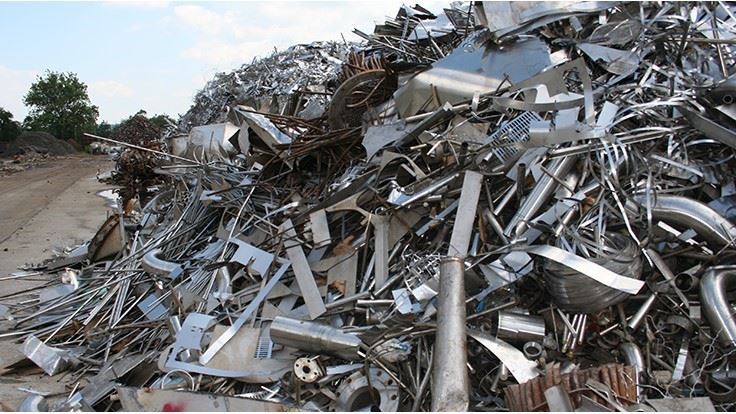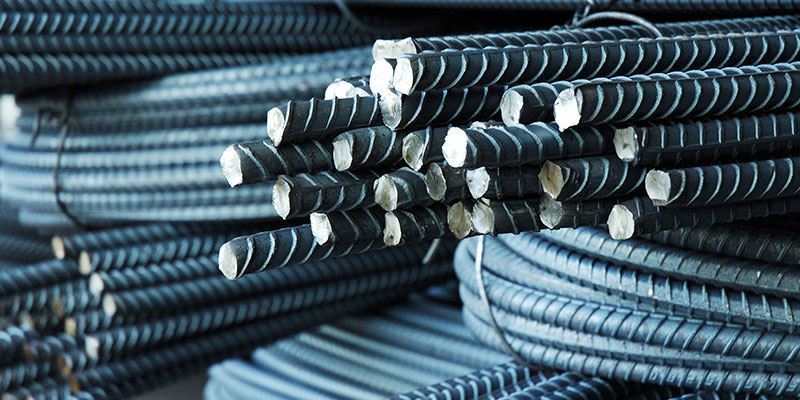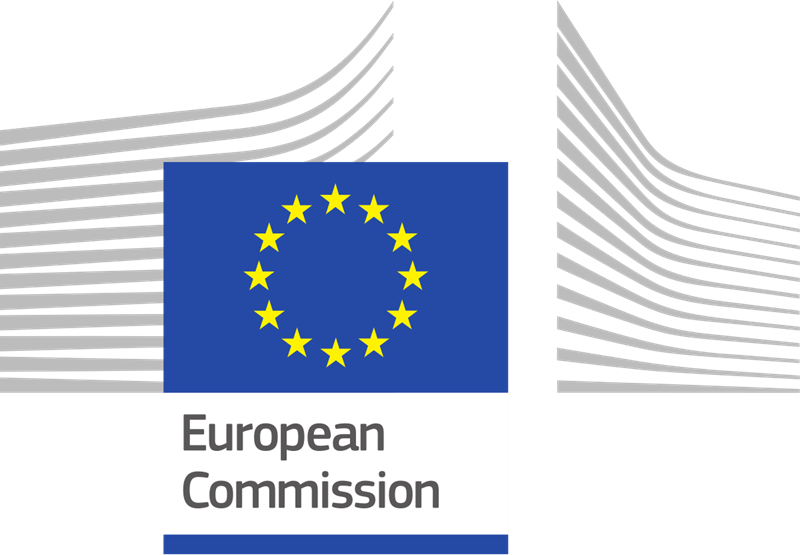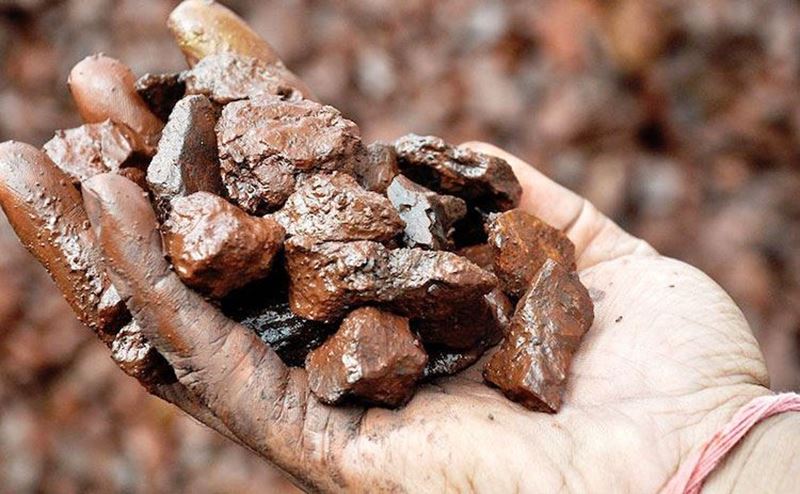Shipments from Germany reached 6.45 million tonnes, down 3% y-o-y. Exports to Belgium and Switzerland decreased the most, while shipments to India more than doubled, reversing this trend.
The total export value totalled EUR 3.3 billion (USD 3.63 billion), compared to EUR 4.3 billion in the previous year.
Although the main destination country is traditionally the Netherlands, exports to this country decreased by 6% to around 1.27 million tonnes. Ten-month shipments to Italy, the second largest buyer, increased by 1% to 1.26 million tonnes.
Turkiye is the most important customer outside the EU. Germany's direct exports there increased by 6% y-o-y to 606,583 tonnes in January-October.
Deliveries to India continued to increase and reached 320,150 tonnes, up 131% y-o-y.
However, ten-month scrap imports decreased by 23% to 2.9 million tonnes. Analysts noted that this was the weakest ten-month import tonnage in the data series going back to 2006.
The most important trading partner was the Czech Republic, which supplied 691,401 tonnes, flat y-o-y. The second largest supplier was the Netherlands, down 29% y-o-y to 590,633 tonnes, while the third largest, Poland, supplied 430,370 tonnes, down 23% y-o-y.
Most German market participants observe that scrap demand from most foreign steel mills has been low for most of the year and no improvement is expected in 2024.
In the full year 2022, exports totalled 7.7 million tonnes, down 14% compared to 2021. This was the lowest export volume since the economic and financial crisis in 2009. Scrap imports decreased by 12% to 4.3 million tonnes.
Scrap prices in Germany increased in December due to some new export agreements, mainly with Turkiye. However, values are expected to remain stable this month due to the Christmas holidays.









Comments
No comment yet.